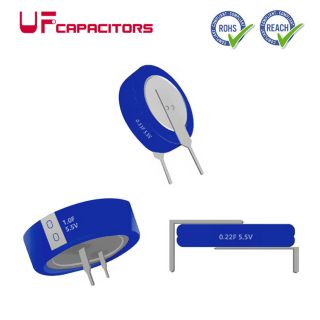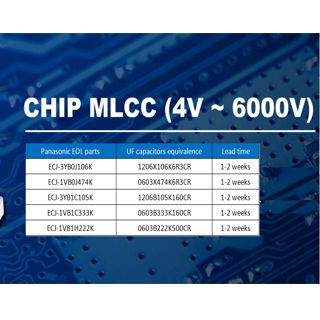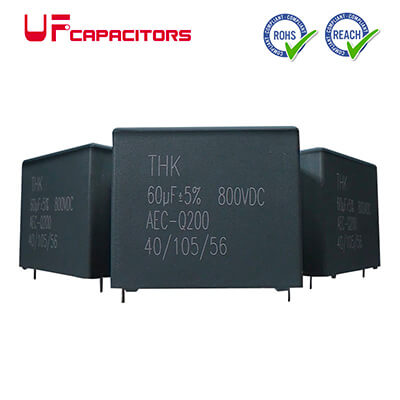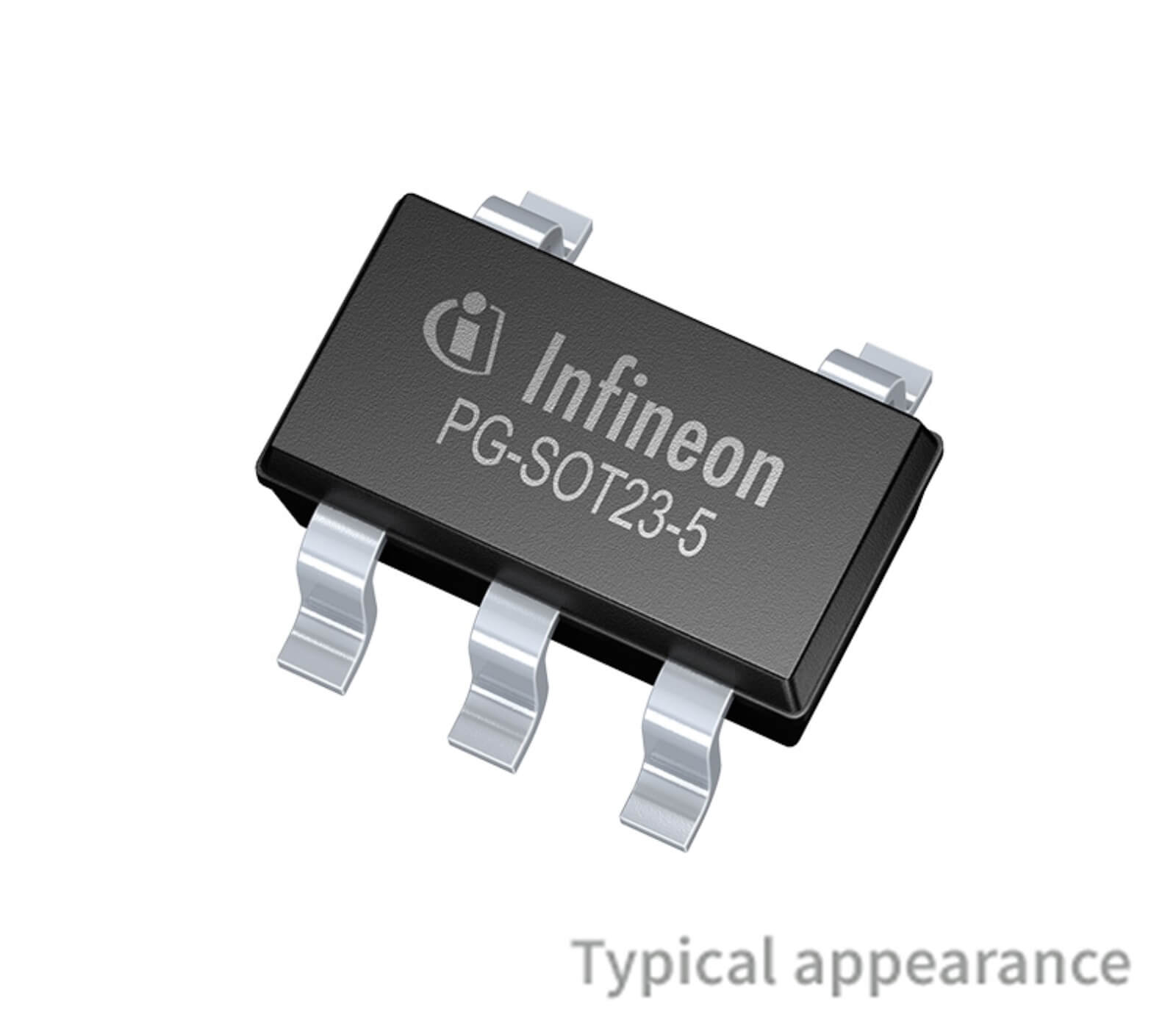Discover how a household voltage stabilizer safeguards your electronics, ensures consistent power, and reduces energy costs. Learn types, benefits, installation tips, and FAQs for optimal home power protection.
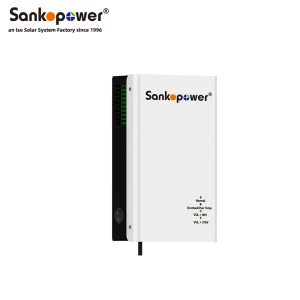
Household Voltage Stabilizer: The Ultimate Guide
Power fluctuations are a common issue in many regions, putting your home appliances at risk of damage and shortening their lifespan. A household voltage stabilizer—also known as a home voltage regulator—ensures a consistent output voltage, protecting sensitive electronics and improving overall energy efficiency. In this SEO-optimized guide, we’ll cover:
- What a voltage stabilizer is and how it works
- Key benefits for home use
- Types of household voltage stabilizers
- How to choose the right one
- Installation and maintenance tips
- Frequently asked questions (FAQs)
What Is a Household Voltage Stabilizer?
A household voltage stabilizer is an electrical device designed to automatically maintain a steady voltage level to your home appliances. During voltage swings—both high and low—the stabilizer adjusts the incoming voltage to a safe, preset level (usually between 220 V and 240 V for many countries).
How It Works:
- Sensing: Continuously monitors input voltage.
- Correction: Uses an autotransformer or electronic circuitry to boost or buck voltage.
- Delivery: Outputs a stable voltage, protecting connected appliances.
Key Benefits of a Home Voltage Regulator
- Appliance Protection
- Shields TVs, refrigerators, air conditioners, and computers from spikes and brownouts.
- Prevents insulation breakdown, motor burnout, and data loss.
- Extended Lifespan
- Consistent voltage reduces stress on components, extending appliance life by up to 30%.
- Energy Efficiency
- Stable voltage means appliances run more efficiently, potentially lowering your electricity bill.
- Safety
- Minimizes fire risks caused by overheated wiring or short circuits.
- Peace of Mind
- Eliminates flickering lights and sudden shutdowns, ensuring uninterrupted comfort.
Types of Household Voltage Stabilizers
| Stabilizer Type | Description | Ideal For |
|---|---|---|
| Relay-Based | Uses electromechanical relays to switch transformer taps. | Small homes, budget-friendly |
| Servo-Motor | Employs a servo motor to continuously adjust the transformer. | Precise voltage control, larger loads |
| Static (Electronic) | Solid-state design, fast response with no moving parts. | Sensitive electronics, 24/7 operation |
| Digital/Servo Hybrid | Combines digital control with servo operation for accuracy. | High-end appliances, smart homes |
How to Choose the Right Voltage Stabilizer
- Calculate Total Load
- Sum wattage of all appliances you plan to connect.
- Add a 25–30% safety margin.
- Input Voltage Range
- Determine the lowest and highest voltage in your area (e.g., 160 V–260 V).
- Response Time
- For computers and AV systems, opt for electronic/static stabilizers with <20 ms response.
- Efficiency Rating
- Look for ≥95% efficiency to minimize energy loss.
- Additional Features
- Over-voltage and under-voltage cut-off
- LED/LCD display for real-time voltage
- Thermal overload protection
Installation and Maintenance Tips
- Professional Installation
- Hire a certified electrician to ensure proper earthing, wiring, and mounting.
- Location
- Install in a cool, ventilated area away from direct sunlight and moisture.
- Regular Checks
- Inspect input/output voltage readings monthly.
- Clean dust from vents and fans every 3–6 months.
- Load Testing
- Test under full load annually to verify stable operation.
- Manufacturer Support
- Keep warranty info and service contacts handy.
Frequently Asked Questions (FAQs)
Q1: Can I use one stabilizer for the entire house?
Yes—choose a model rated for your total household load. For multi-point protection, install sub-stabilizers for heavy appliances.
Q2: What happens if voltage goes beyond stabilizer limits?
Most stabilizers include built-in cut-off mechanisms that disconnect the load until voltage returns to safe levels.
Q3: How long do stabilizers last?
With proper maintenance, relay-based models last 5–7 years; servo and static models can last 8–12 years.
Q4: Do stabilizers work during power outages?
No. They only regulate incoming voltage. For backup power, combine with an inverter or UPS system.
Conclusion
Investing in a high-quality household voltage stabilizer is a simple yet effective way to safeguard your home electronics, extend appliance life, and enhance energy efficiency. By understanding your power requirements, selecting the right stabilizer type, and following proper installation and maintenance practices, you’ll enjoy reliable, stable power and peace of mind.
Primary Keywords: household voltage stabilizer, home voltage regulator, voltage stabilizer for home
Secondary Keywords: benefits of voltage stabilizer, install voltage stabilizer, voltage protection device, home power safety

